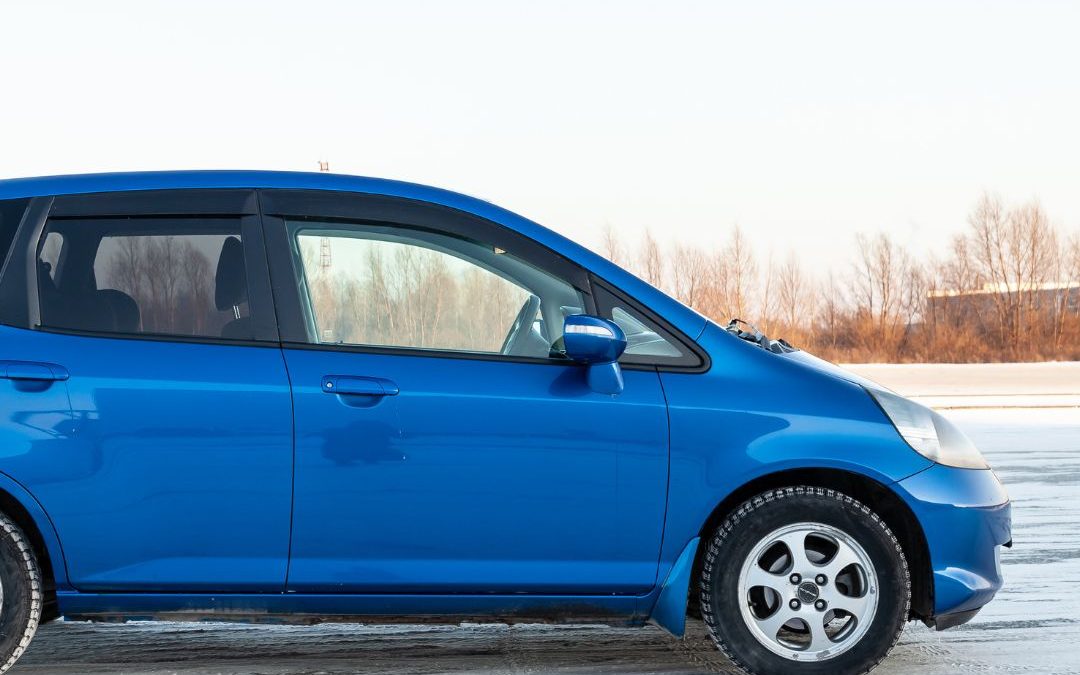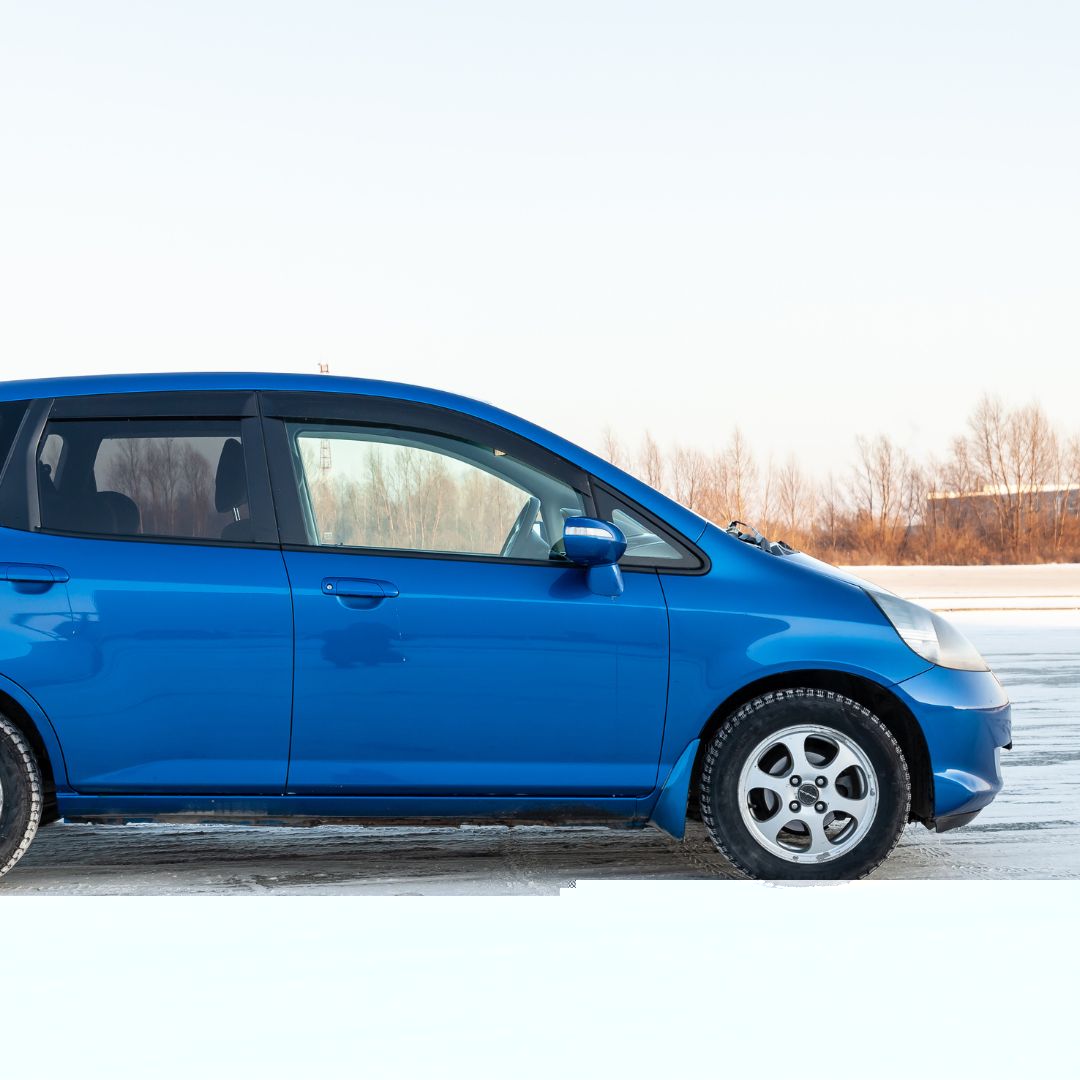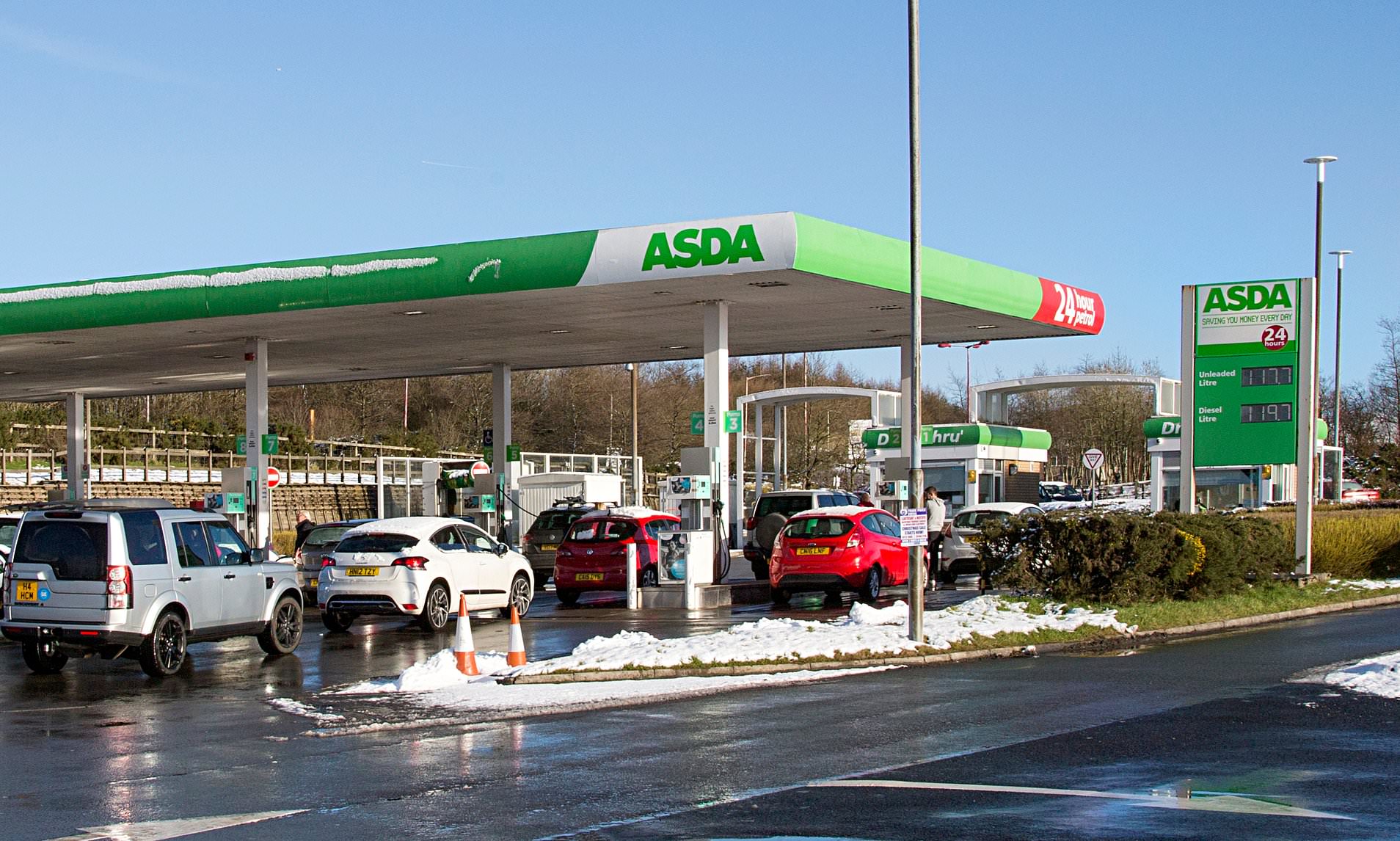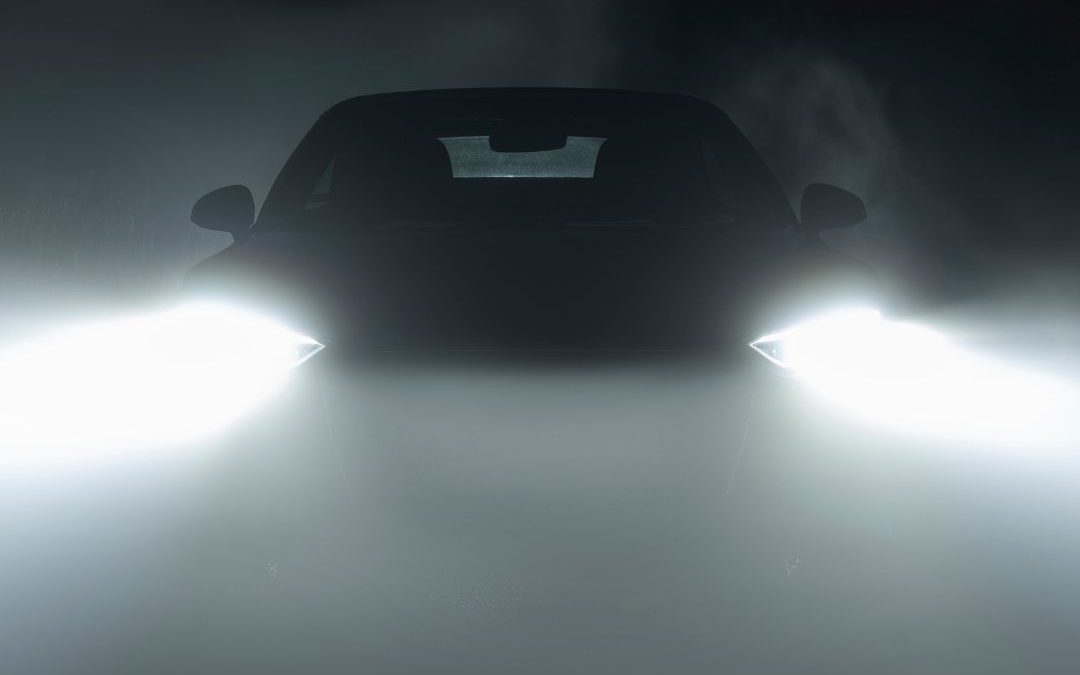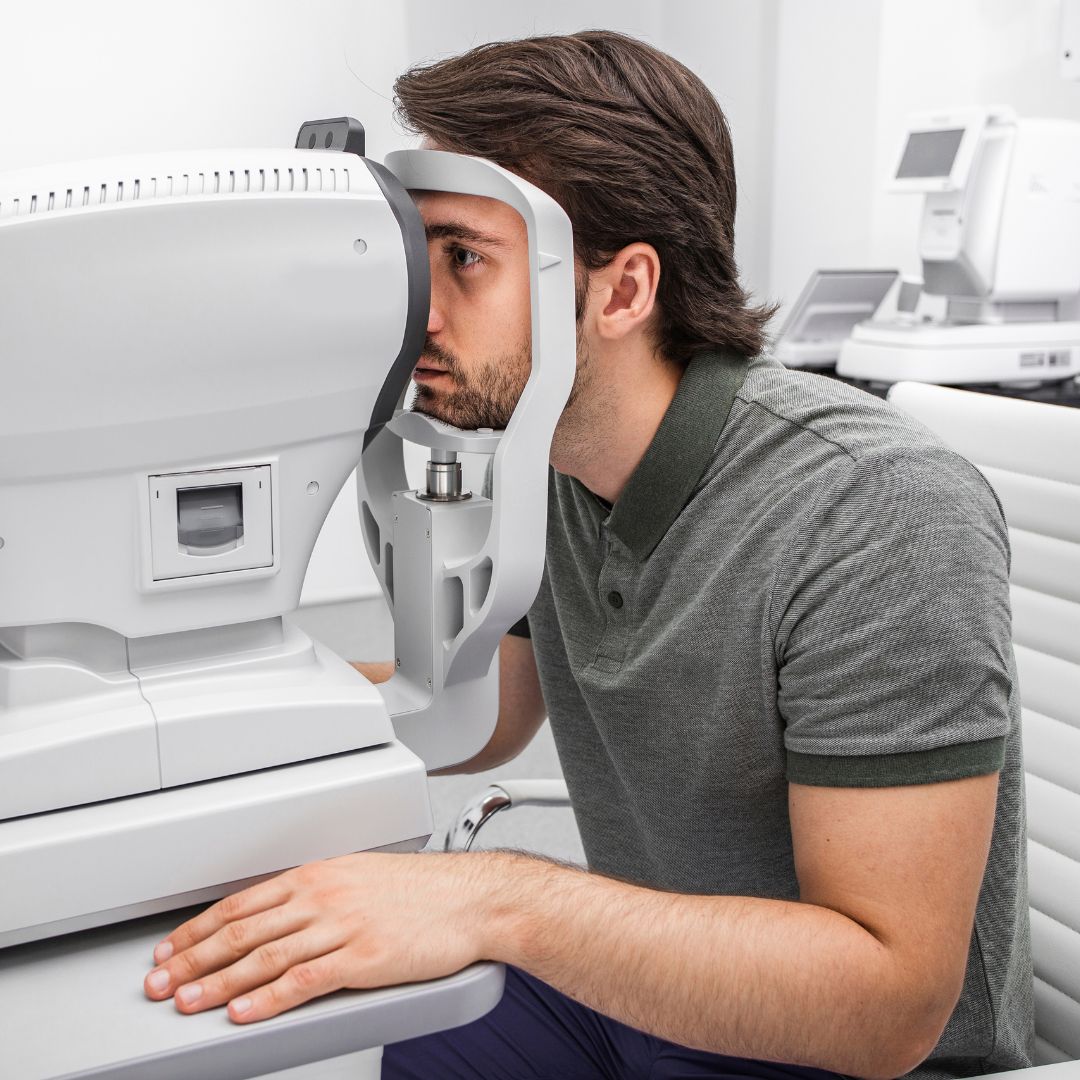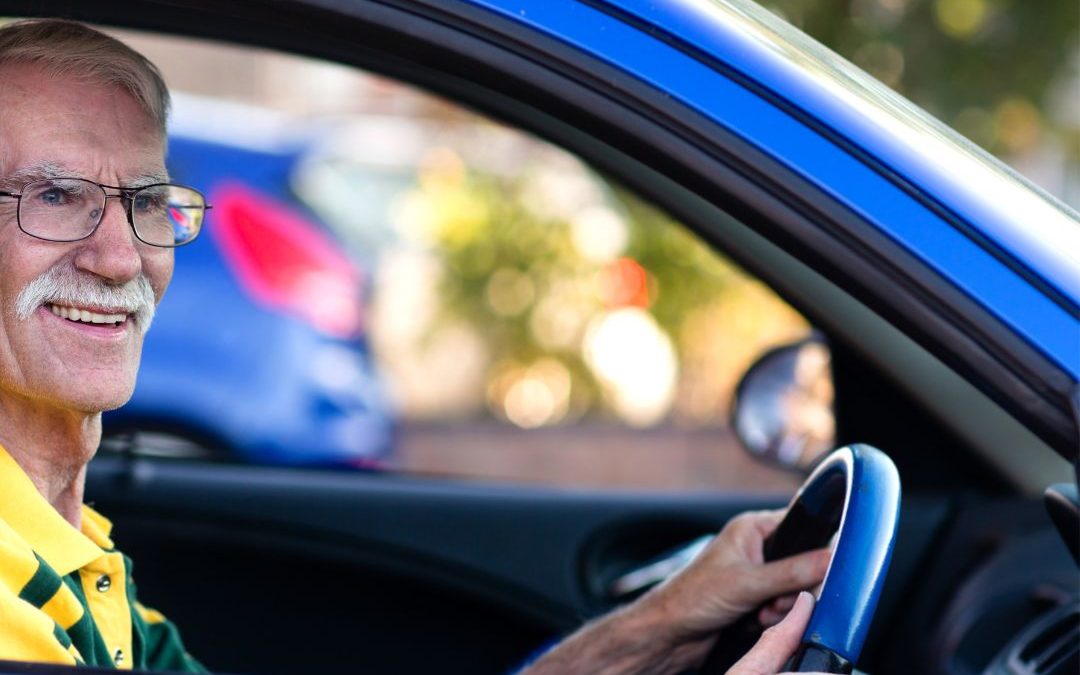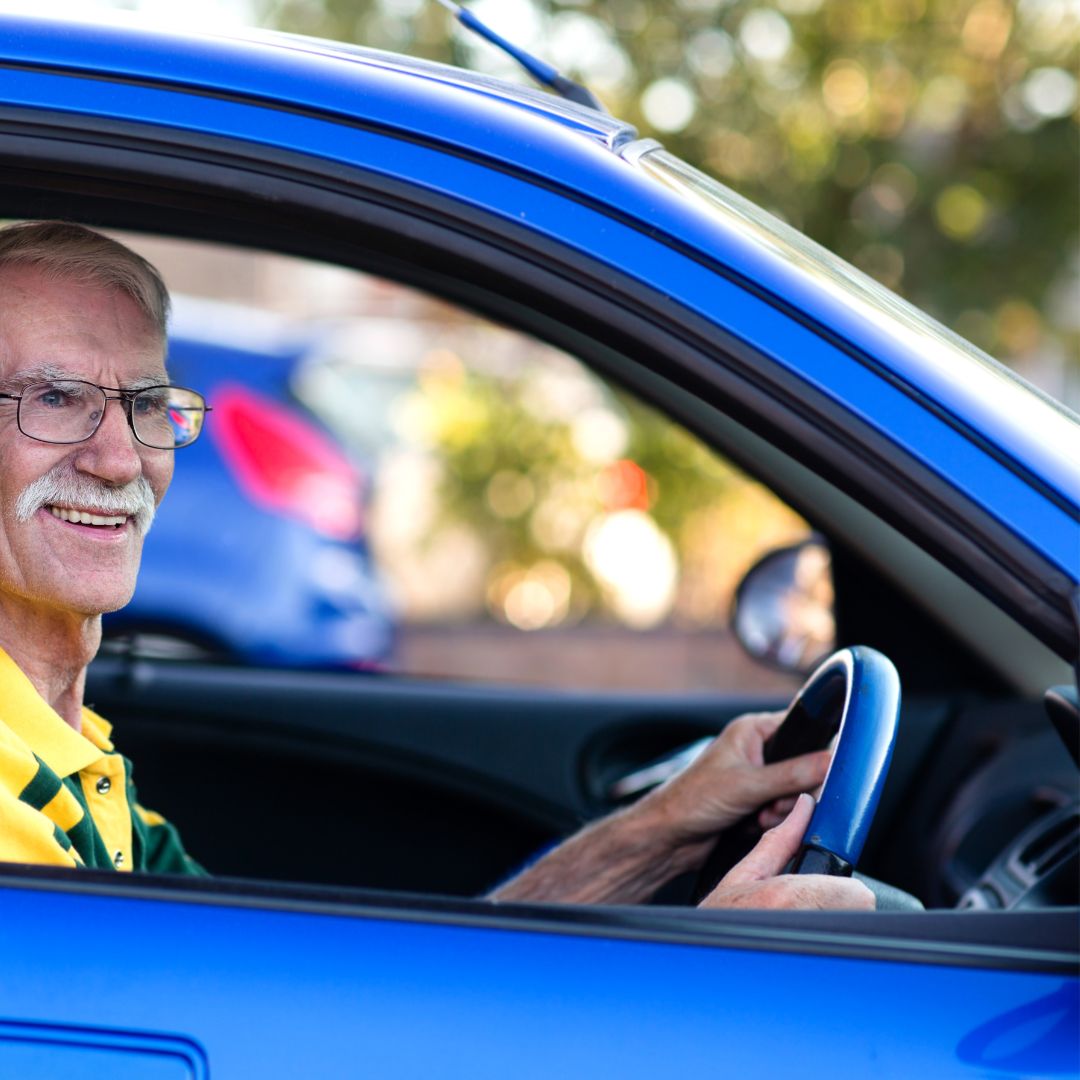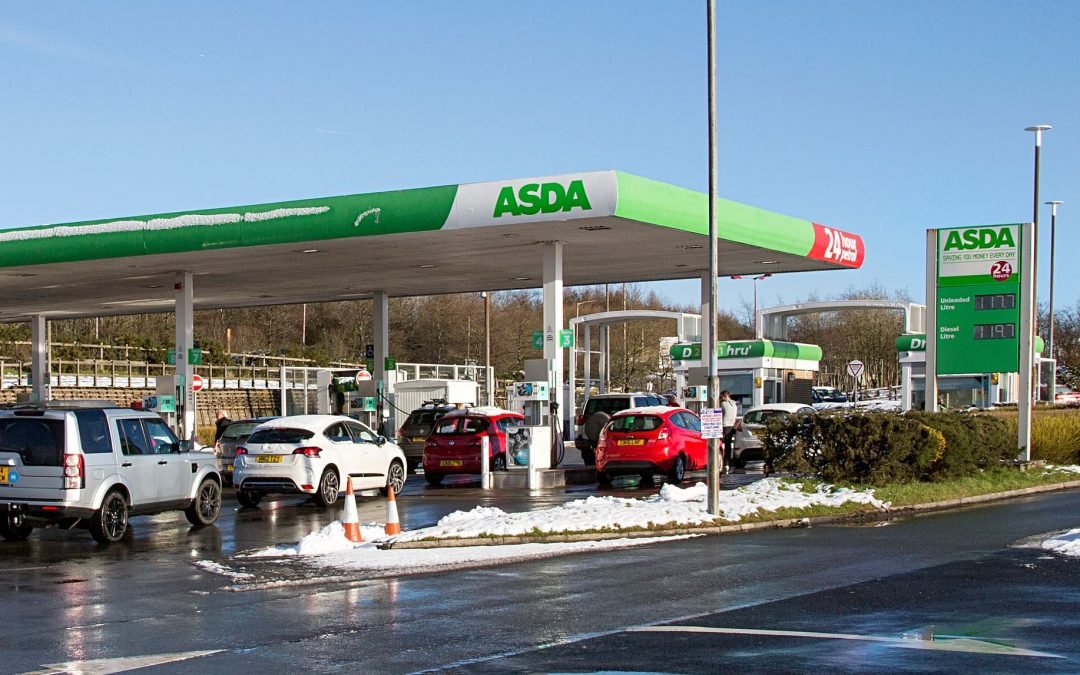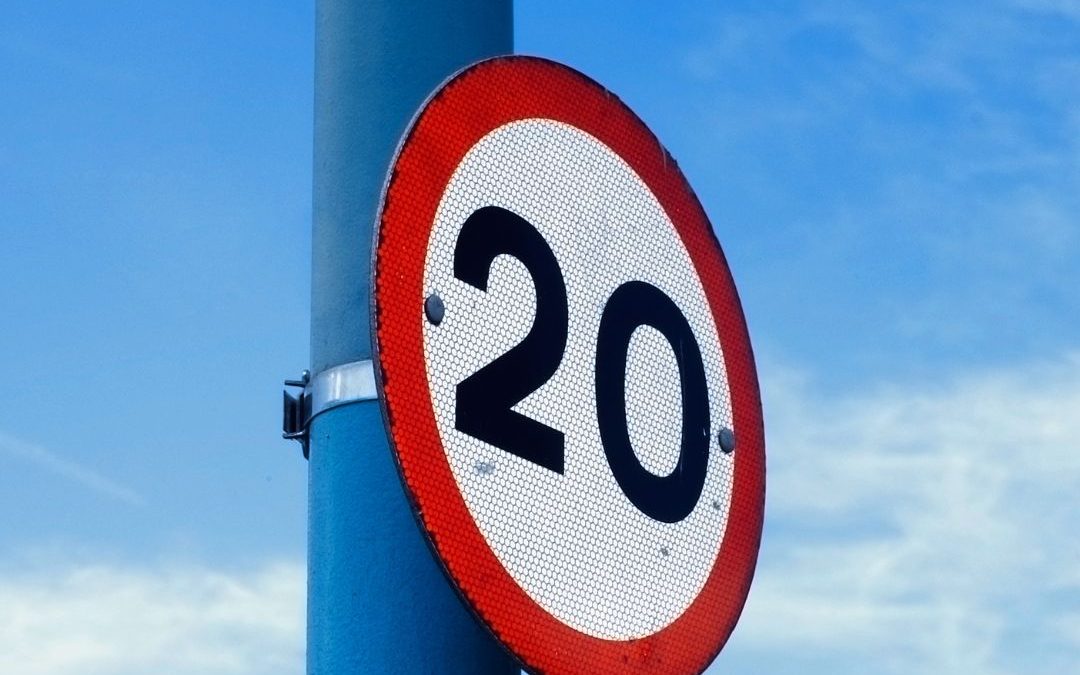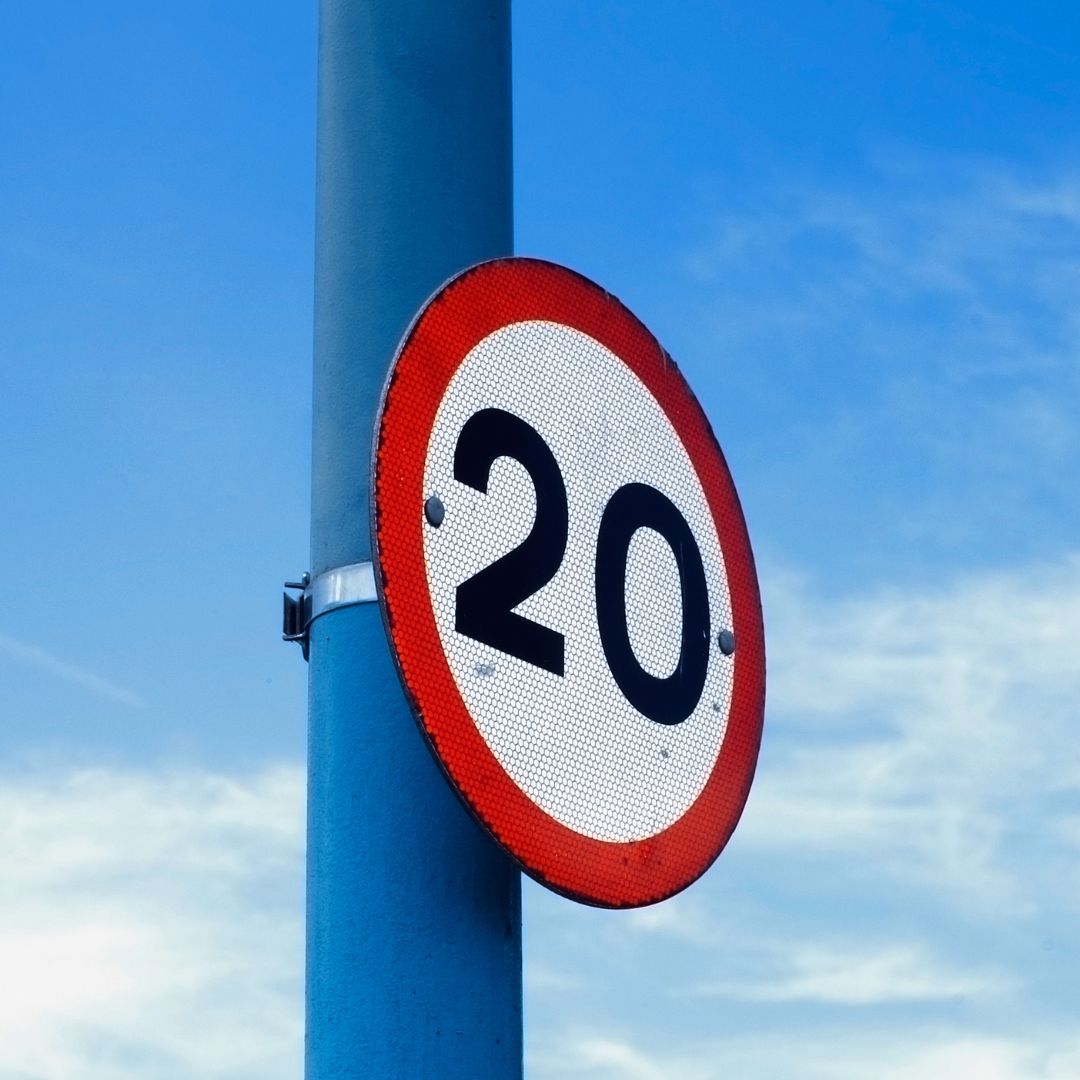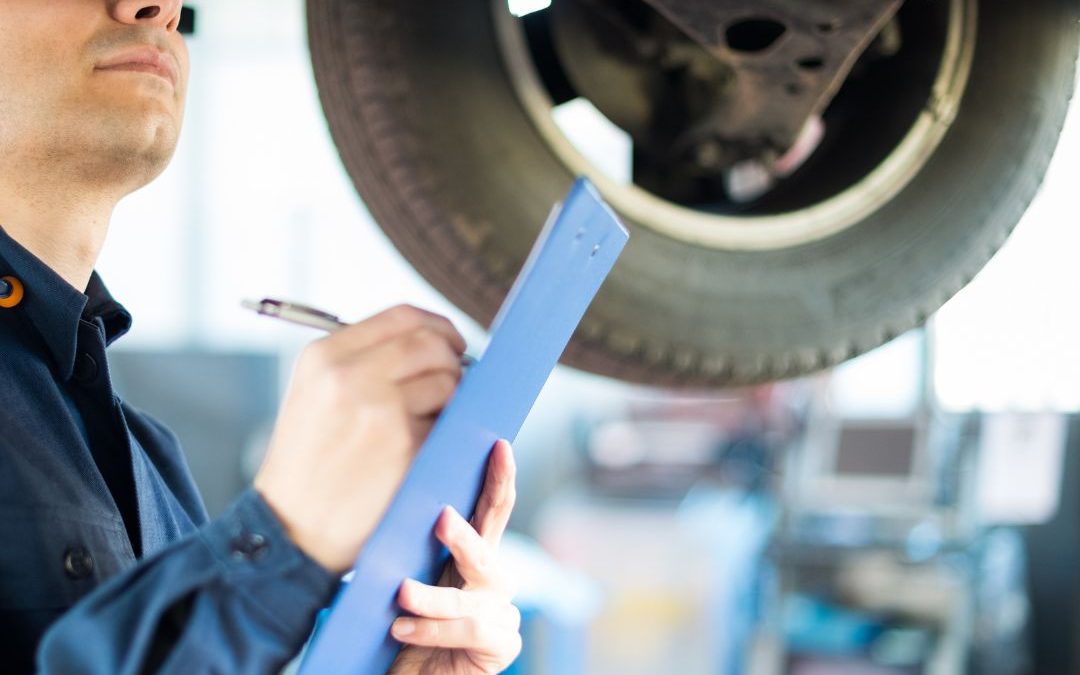
What is an advisory? Experts explain the most common reasons for MOT failures and the advisories you shouldn’t ignore!
In the financial year 2023 to 2024, almost 10 million MOT tests failed, with over 37% of cars, vans, and passenger vehicles failing.¹
With this in mind, motoring experts at Blackcircles have revealed the top 10 most common reasons for MOT failures and have warned drivers of the dangers of ignoring advisories.
Nyo Logan, Tyre Content Manager at Blackcircles, comments, “Cars in the UK must be tested once a year once they are three years old, unless they are taxis, which require an MOT test every three years from the date of registration. You can check the exact date your car’s MOT is due on the GOV.UK website.”
“If you are found to be driving a car without a valid and up-to-date MOT certificate, you can be fined up to £1,000. On top of this, if your car is deemed unsafe to drive, it could be impounded.”
“It is important to remember that your car’s MOT is based on how old the car is, and NOT when you bought it. Many drivers who buy second-hand cars forget this and are charged for driving without an MOT.”
The top 10 most popular causes for MOT failures
|
Rank |
Defect category |
Overall % of tests |
Overall % of defects |
|
1 |
Lamps, reflectors and electrical equipment |
10.67% |
25.05% |
|
2 |
Suspension |
8.57% |
19.43% |
|
3 |
Brakes |
6.50% |
16.19% |
|
4 |
Tyres |
6.29% |
12.92% |
|
5 |
Visibility |
4.41% |
7.92% |
|
6 |
Body, chassis, structure |
3.34% |
6.37% |
|
7 |
Noise, emissions and leaks |
3.06% |
5.78% |
|
8 |
Steering |
1.92% |
3.48% |
|
9 |
Seat belts and supplementary restraint systems |
0.91% |
1.55% |
|
10 |
Road Wheels |
0.36% |
0.71% |
10% of MOT’s taken failed due to lamps, reflectors and electrical equipment. This check ensures that all vehicle lighting, including headlights, brake lights, indicators, fog lights and reflectors, are correctly positioned, secure, and functioning properly.
This is the most common reason for MOT failures, with over ¼ of vehicles that failed their MOT being reported to have faulty lamps.
Suspension issues caused nearly 20% of MOT failures. These issues are often caused by wear and tear, shock absorbers and springs damage, or fluid or air suspension system leakage.
Faulty brakes caused 1 in 6 MOT failures in Q2 of 2024. Worn brake pads and discs are the most common causes, but other brake-related issues include callipers, damaged rotors, and brake fluid problems.
Nyo continues, “Even if your car does not fail its MOT, you may be given advisories. An MOT advisory is something discovered during the MOT test that you should have looked at and fixed by a mechanic in the near future. These issues often develop and can be the reason for an MOT failure or for your car breaking down in the future.”
“If given an advisory, it is recommended that you act quickly to stop any more deterioration and to save you money. If an issue continuous and gets worse, it may cost drivers even more money to fix”
